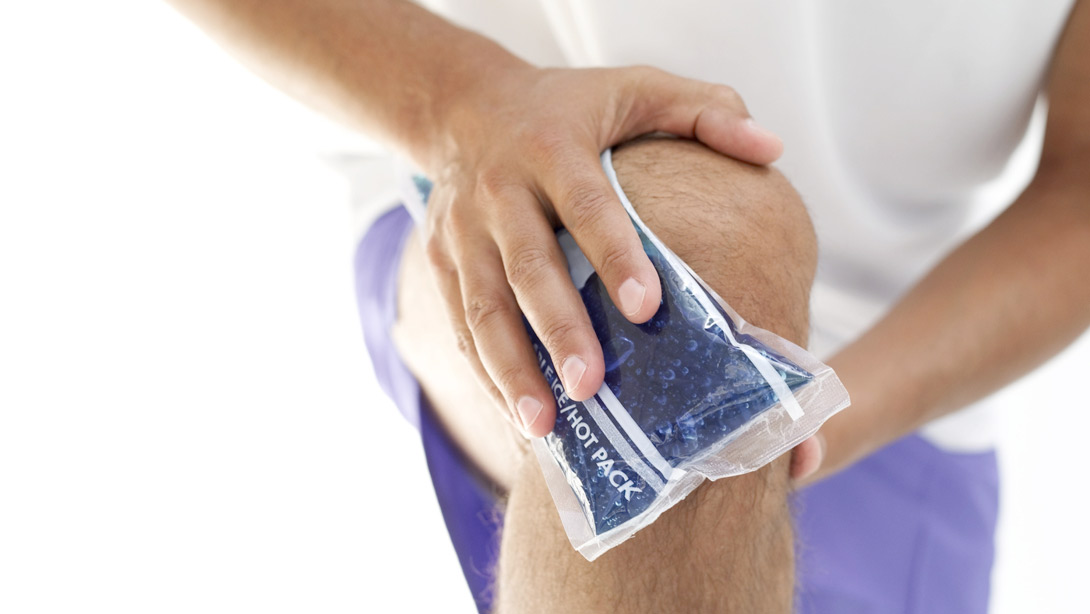
24 Oct Quick Tips
During many conversations with patients and folks in the community, we offer advice and council on a variety of problems that can to decrease pain or increase movement and function. While not a complete resource or a wholistic look at your movement and function, I thought that I would share some of our favorite and most effective Quick Fixes:
- Ice is a fantastic, albeit a short term pain reliever that also slows the swelling and irritability that results from an inflammatory process in the body. 15-20 minutes every few hours is effective.
- Heat is relaxing and improves blood flow, making it perfect for achy muscles or to assist in the warm-up of tissues before activity or exercise. 15-20 minutes as needed is helpful.
- Applying a wrap or a sleeve to an area of swelling can provide temporary pain relief and assist in reducing swelling. Be careful in not restricting blood flow to the area below or beyond the swelling. The wrap should be tense but not restrictive.
- Back pain from prolonged driving is a common complaint. Stop every two hours for 5-10 minutes to walk and stretch your back, specifically in a backward direction to reverse the sitting position.
- Foot orthotics or inserts can be helpful for foot pain, but they do not necessarily require you to obtain larger shoes. Slippage between the shoe and insert and the foot can be a cause of blisters.
- There is no perfect mattress. Pick one that supports your body in a comfortable position and allows you to change positions without distress or excessive effort.
- Pillows are also an individual taste. The pillow should conform to your head, support your neck, and not trap too much heat around your head as it rests on the surface of the pillow. I like to start with a medium density foam pillow and go from there.
- Everyone should be able to stand on one leg at a time for 10 to 15 seconds. Balance is particularly important for all of us in order to maintain independence as we age.
- Use pain as your guide for activity. Pain that increases throughout an activity, pain that lingers after an activity ceases, or pain at rest or at night are signs of increasing irritability of tissue. Don’t do this. Cut back on your activity to pain-free levels, and seek assistance if it continues more than a few days.
- If you have back pain with prolonged sitting or driving, it is likely that standing and walking are part of the solution.
- If you have back pain with standing and walking, it is likely that sitting or flexing your spine will be part of the solution.
- Neck pain is an increasing byproduct of long stretches of time sitting and working on a computer. Sitting up straight, stretching your arms overhead, and retracting your chin every two hours will help alleviate accumulating stress.
- If you have a traumatic injury resulting in pain, swelling, inability to move freely, or rendering you unable to walk without assistance, you need to get it checked out.
- Rest is beneficial; complete rest is evil. Move it and move on!
- Strive for better, not perfect. Better posture, better strength, better movement. Pursuing perfection is frustrating, but pursing better is almost always attainable, and frequently does the trick.
As with any medical care, I recommend applying home remedies as long as you are seeing beneficial results. When pain, swelling, loss of mobility, or function last for more than a few days, contact us for an assessment of your condition and more specific recommendations for care. We offer free assessments to aid in decision making, and we can guide you in deciding whether physical therapy alone or combined with seeing your physician would be most beneficial and appropriate. Contact any of our 3 locations for a free screen or to make an appointment for physical therapy care.
To your pain-free movement,
Brian




